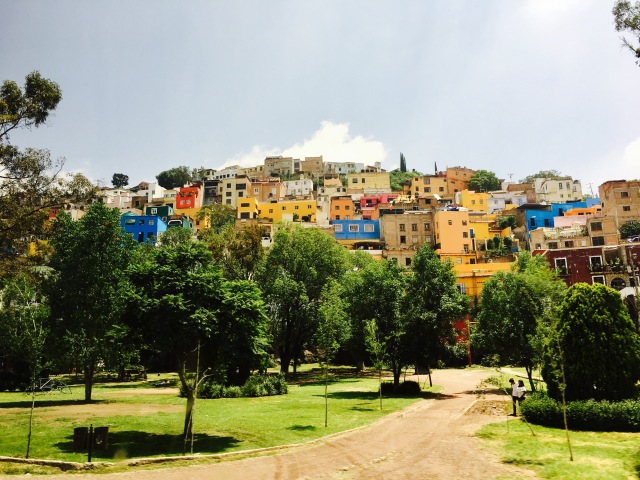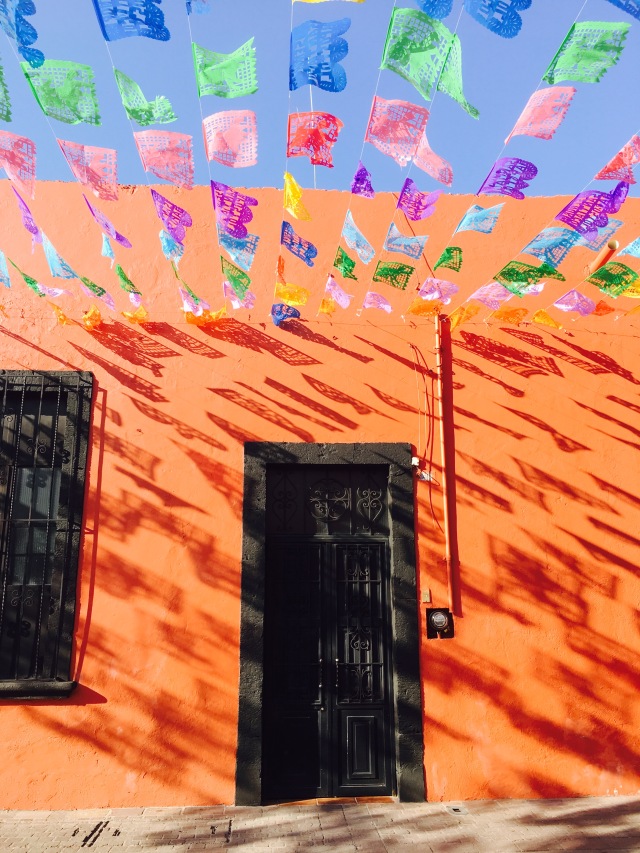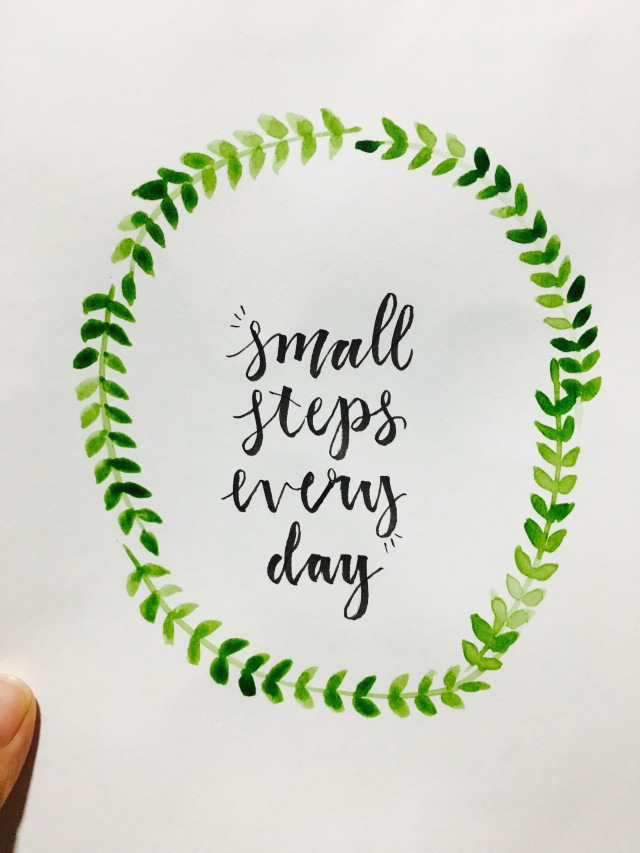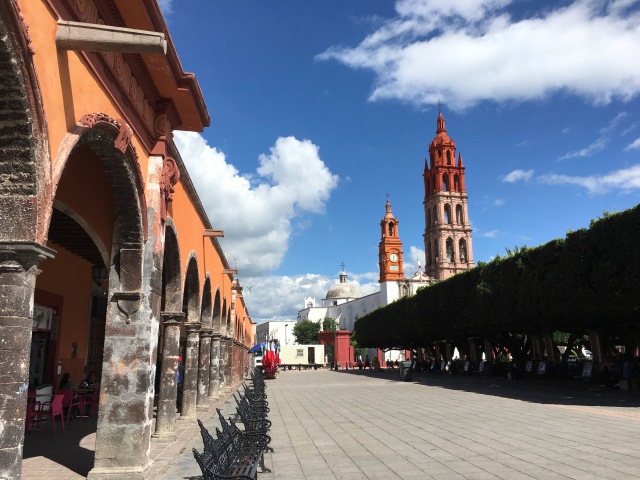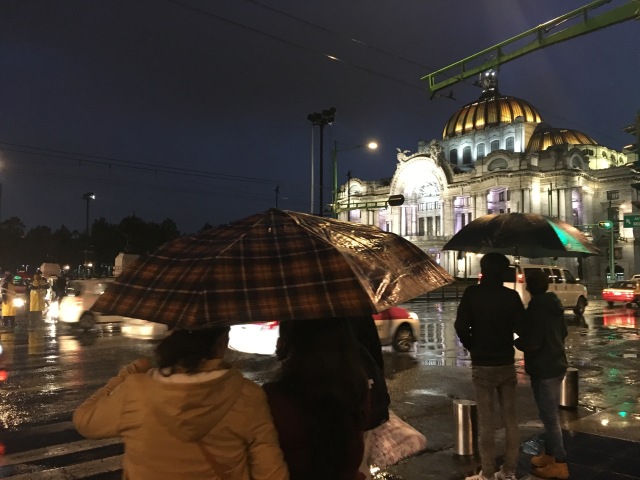This week was a series of ups and downs. I’ll describe them, literally, as such.
UP – last Saturday, for the first time, I felt like I had everything together in terms of feeling comfortable in my apartment. I spent the day shopping in the markets, picking up small things I needed for the apartment, and successfully buying meat, chicken AND fish! By the end of the night, I felt this deep sense of satisfaction that I finally felt comfortable in my apartment, enough so to call it home. It’s a small thing, but it means a lot.
UP – last Sunday, I hopped on a bus to Guanajuato to meet up with Fulbright friends visiting from Atlacomulco and a Fulbright friend who lives in the city. Guanajuato is the capital city of the state I’m living in (also called Guanajuato) and is renowned for its cultural contributions and its natural beauty. Not only is Guanajuato a stunning place (seriously, just look at the pictures), but laughing and bonding over lunch was cathartic in the best of ways. It’s amazing, how I only met these people for a week during orientation, but the conversations were so genuine and so real.
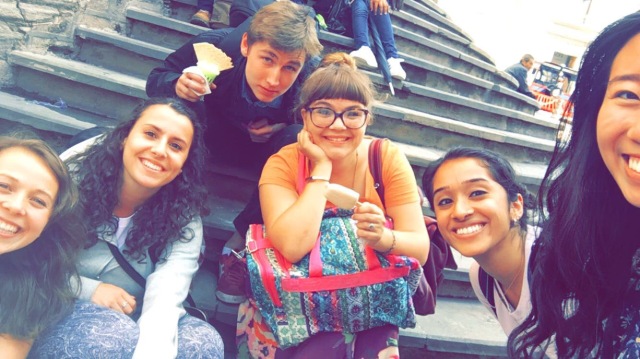
DOWN – last Monday, after realizing that I’m mas o menos (more or less) accustomed to living in Mexico, I didn’t have chores to distract me from the fact that I don’t really have friends here yet. I forced myself to get outside my apartment and sat in the main garden to journal my feelings. After seeing all the families, lovers, and children walk by though, I honestly just got sadder and ended up eating a lot of empanadas to feel better.
DOWN – last Tuesday, I woke up, swung my feet off the bed, and…. felt water? I looked down to find a solid inch of water flooding my entire bedroom and half of my kitchen. The drain in my enclosed patio had stopped working, and it had rained a lot the night before. The flood I woke up to was a result of water that had filled up the patio and spilled into the entire apartment. Honestly, when I realized what had happened, the predominant thought in my head was, “Really?? REALLY?????!!!” I’ve had a lot of problems with water, gas, and hot water since I’ve gotten here, and it was a really, really frustrating moment to wake up to.
UP – So that day, I poured myself into teaching and found myself bonding with my students. I searched out a new cafe I had been meaning to try out, and I tried out a new gym (and sweat buckets, it was like Zumba on a stair master for fifty minutes straight. I don’t think I’ll be going back, but it was fun to try something new!). I didn’t head back to my apartment until I felt like I had cleared my head, and in the meantime, my wonderful landlord fixed the issue with the flooding.
UP – on Wednesday, I went back to Guanajuato, and spent the day exploring. My school had a conference there, and they kindly brought me along so I could get to know the city! I searched out the only Korean restaurant within a two hour radius of me and ate there joyfully! I lost myself in beautiful streets and went to museums! I drank Mexican hot chocolate and ate the most delicious churros! Guanajuato reminds me of a colorful version of Granada, I’m in love with the city already.
DOWN – In a truly stunning twist of events, on Wednesday night, I had my first bout of food poisoning, mostly likely caused by the Korean food I ate (devastatingly, it was the only possible culprit). So that night, instead of going on a tour of the city with my school and meeting my Fulbright friend for drinks, I ended up sequestering myself in my hotel sadly (honestly feel betrayed by the Korean food, not going to lie).
And so here I am. I’m back in Valle now, in the comfort of my apartment. This past week, a lot happened! A lot of ups. Some downs. The downs can get hard, but on the whole, I’m mentally doing well here. What I’ve realized is important here, is to seek out my victories with intention. When a down hits, I dig my heels and decide that “I need a fucking victory” – and so I go and find myself one. Even if these victories are small, like going to a restaurant I’ve never gone to before, or buying a new kind of fruit, or walking a street I haven’t walked before, they’re victories to me.
What I’m realizing as I write this is that when you are alone and confused in a new country, the downs hit hard, in a way that shrinks your space. You feel small, and lost, like you can barely move because you don’t know what you’re doing. When you do do something, you feel like you’re doing something wrong. And the downs will undoubtedly come. Whether it be natural circumstances out of your control (like the earthquakes that have been hitting Mexico, or the small flooding of my apartment), or whether it be you getting inside your own head too much (journaling for four pages about how sad it is not having friends here probably was a little excessive), the downs will happen.
It makes it that much more important, then, to find the ups in your day. Because the ups – they expand your spaces. They increase your knowledge of the area around you, they turn an unfamiliar place into a story, they make you think, I know how to do this. The streets that seemed endless to me are becoming familiar. Little by little, I walk the city and turn it into somewhere that resembles home.
One month is officially done. When I think I haven’t gotten very much done, I flip through my journal and remember how much less I knew about Mexico a week ago, or two weeks ago. But I don’t want to become complacent! Over the next eight months, I want to keep extending my spaces in Valle de Santiago and in Mexico. And I know, from studying abroad, that it’s going to get harder. I’m anticipating that the novelty of being here will start to wear off, and that I’ll struggle more finding new ups to keep me buoyed. But these difficulties, as frustrating as they can be, are a part of the experience. They make you into a more compassionate human being. They force you to laugh ruefully when telling these stories to friends, because when your life seems ridiculous it’s best to accept it as such. They make you haul yourself up by your own, two hands – again and again. And though you may say “Really??? Really????!!!,” these difficulties do give you a chance to move past them, and to find the next up on your own.



